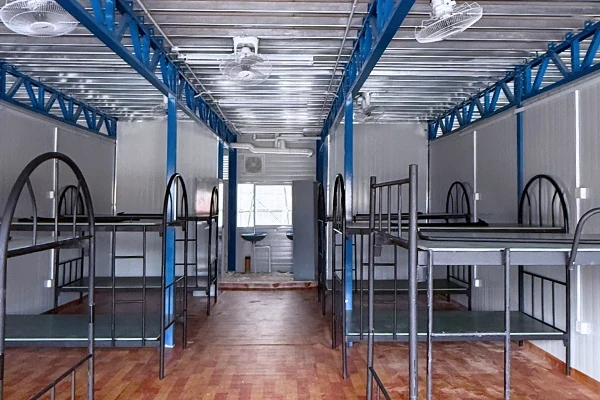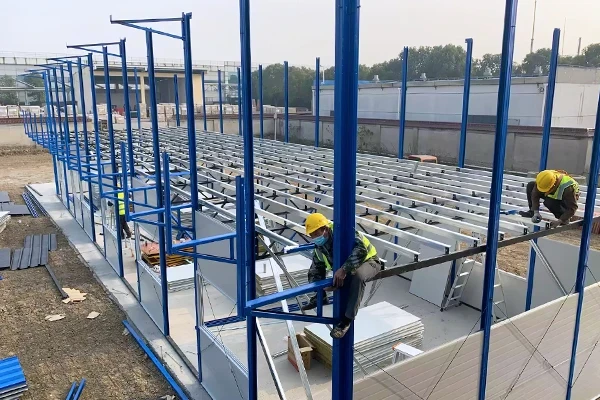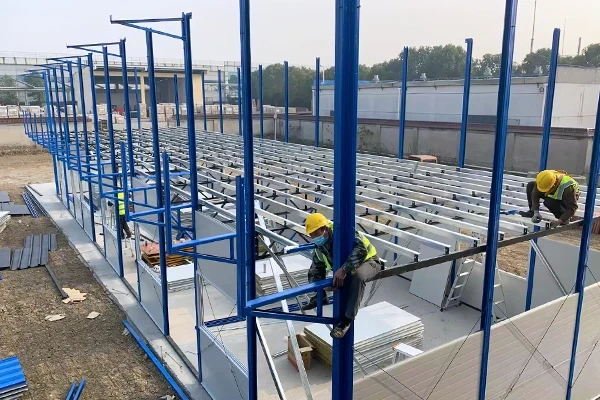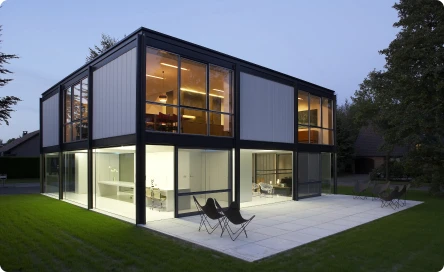Hit enter to search or ESC to close
I’ve toured factories, racked up site visits, and—honestly—watched crews assemble an flat pack container111 house in a blustery car park faster than a coffee run. It ships completely disassembled in a compact package, then pops up into livable space with a forklift, a small crew, and a sensible plan. Demand’s rising across disaster recovery, energy projects, pop-up retail, and even education. And yes, budgets still rule.
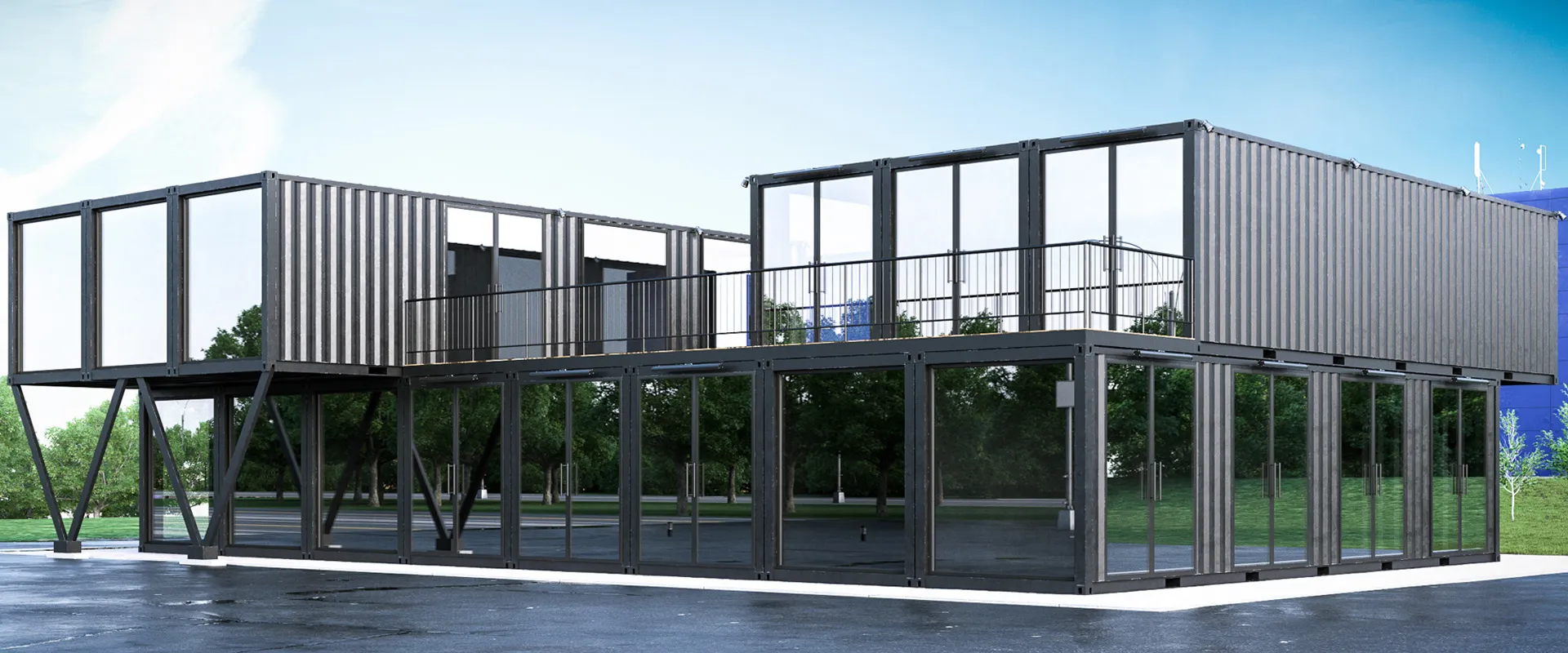
Compared with traditional prefab, a flat pack container111 house stacks denser in transit (lower freight), lands with fewer unknowns, and can be reconfigured as needs change. Many customers say the speed-of-occupancy is the real win. In fact, the better vendors now design around ISO container111 geometry for smooth intermodal moves, but optimize the frames for people—not cargo.
| Parameter | Spec (typical) | Notes |
|---|---|---|
| Module size | ≈ 6055 × 2435 × 2896 mm | Aligned to ISO 20-ft footprint for logistics |
| Frame steel | Q235/Q345, galvanized + powder coat | EN 1090 fabrication practices (vendor dependent) |
| Wall panel | Rock wool or EPS, 50–100 mm | U-value ≈ 0.35–0.45 W/m²K with 75 mm rock wool |
| Floor load | ≥ 2.0 kN/m² | Real-world use may vary by layout |
| Wind / snow | Wind 0.6–0.85 kPa; snow 0.75–1.5 kPa | Project-specific engineering recommended |
| Fire rating | A2-s1,d0 (EN 13501-1) panels available | Check local code equivalence (e.g., ASTM E84) |
| Service life | ≈ 15–25 years | With routine maintenance and repaint cycles |
Materials: galvanized structural steel frames, ISO 1161 corner fittings (for lifting), EPDM gaskets, magnesium-oxide or cement board floors, and pre-wired electrical kits. Methods: CNC cutting, MIG/MAG welding, phosphating + powder coating. Testing: stacking and racking per ISO 1496-1 principles, weld VT/MT spot checks, insulation thermal cycling, and electrical to IEC/UL where applicable. Acoustic Rw often around 28–32 dB. To be honest, the better factories show their weld maps and coating DFT logs—ask for them.
| Vendor | Frame grade | Certs | Lead time | Customization |
|---|---|---|---|---|
| ZN-House (Suzhou) | Q235/Q345 | ISO 9001, EN 1090 shop control | ≈ 3–5 weeks | High (panels, doors, MEP kits) |
| Generic Importer | Q235 | Basic QC docs | ≈ 6–8 weeks | Medium |
| Local Fabricator | A36/S355 equivalents | Local code approvals | ≈ 2–10 weeks | Very high (cost up) |
Layout linking (end-to-end or side-by-side), panel thickness by climate zone, fire-rated cores for schools/health, RAL color matching, window U-values, split-phase vs. three-phase electrics, solar pre-wire, and wet-room packages. Many buyers of a flat pack container111 house also request reinforced floors for laundry or battery storage—smart move.
Coastal clinic: two modules linked, rock wool 75 mm, stainless fixings; passed 0.85 kPa wind calc with extra tie-downs. Mining camp: 24 units, weekly deliveries, plug-and-play MEP; crew said the labels saved a day per block. Customer feedback is blunt but fair: “If the forklift path is clear, it’s up by lunch.”
Origin matters too: these units are produced in Fanxiang Village, Taoyuan Town, Wujiang District, Suzhou City, China—an area that’s effectively a cluster for metalwork and coatings, which shows in the finish quality.
Citations
If you are interested in our products, you can choose to leave your information here, and we will be in touch with you shortly.

